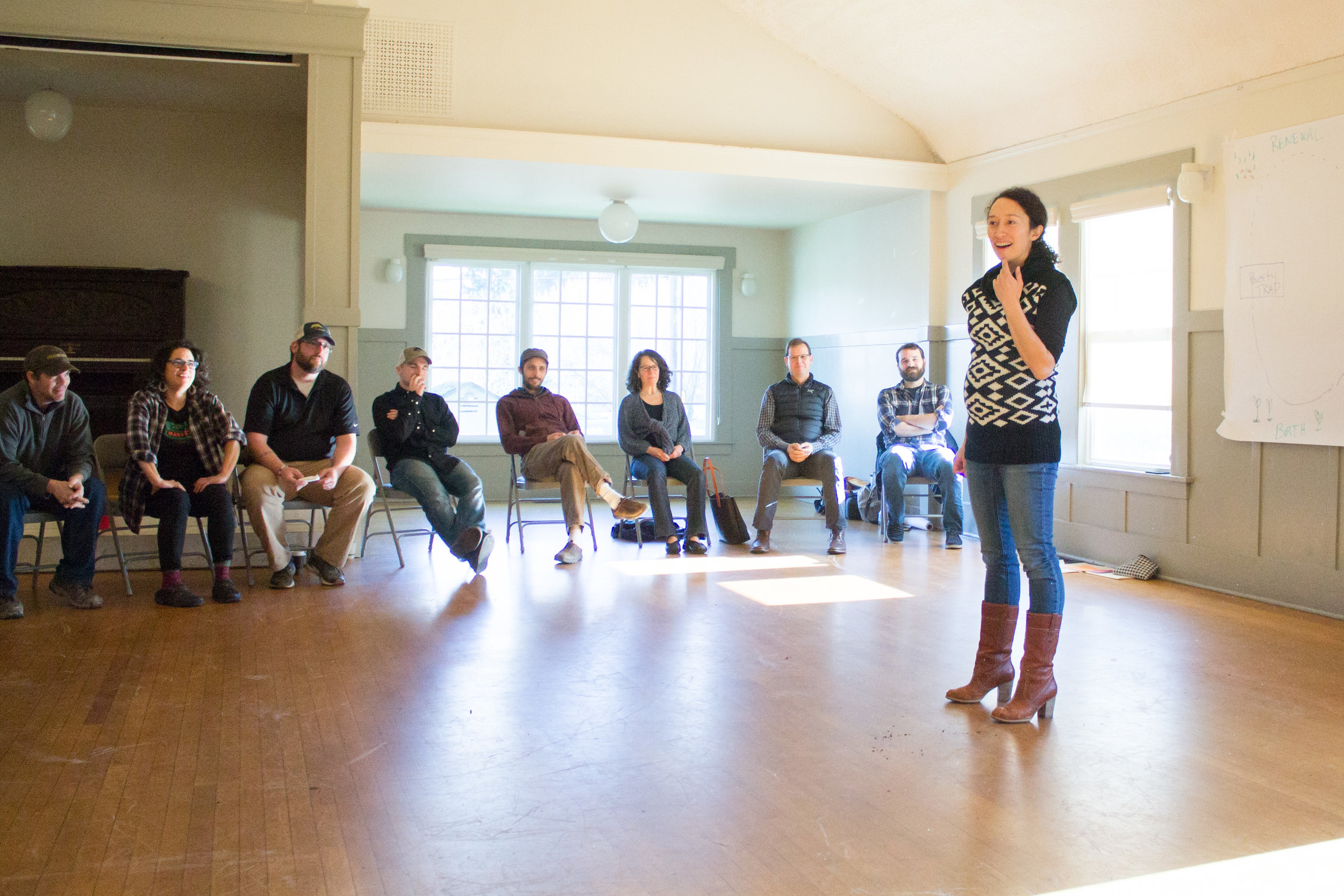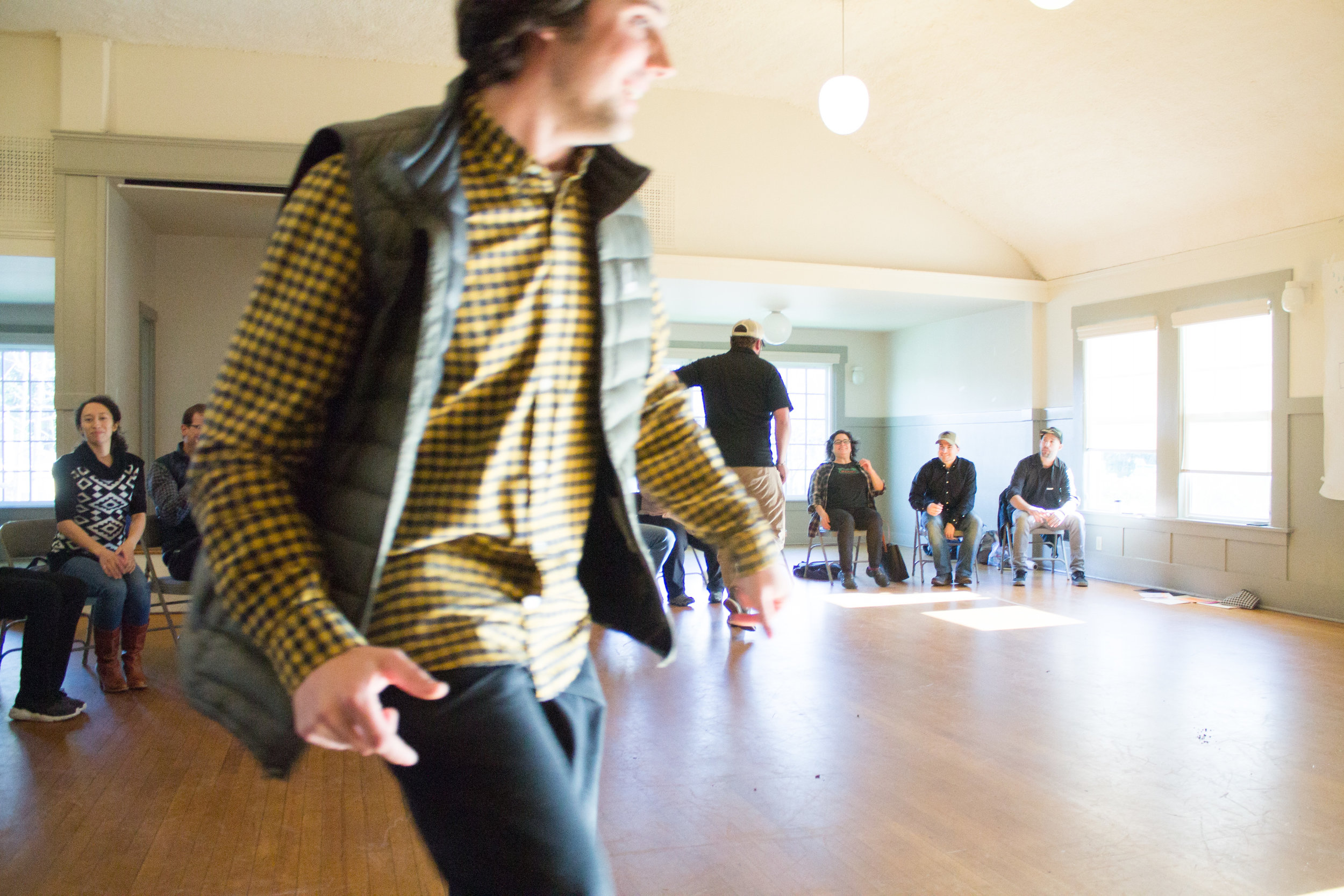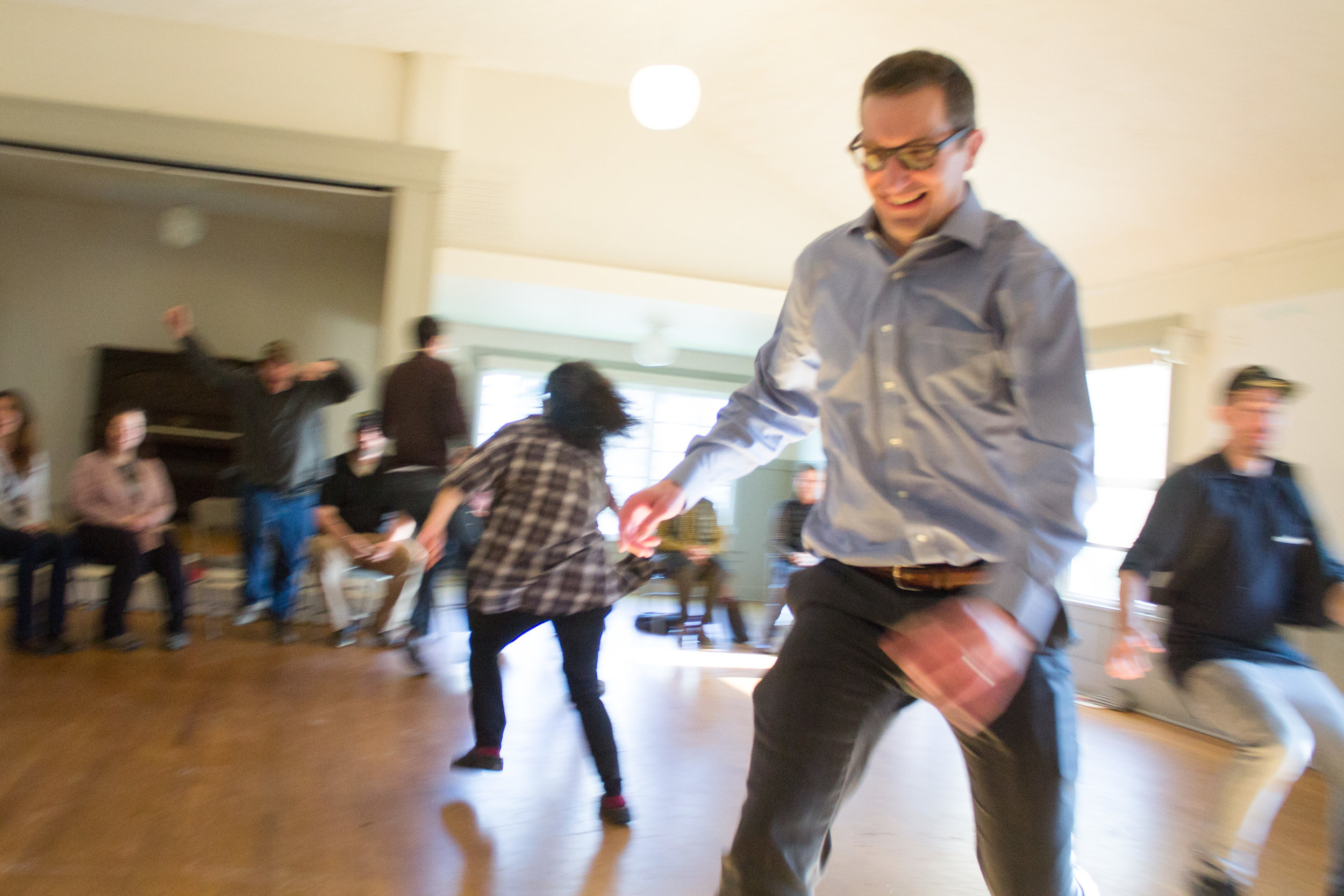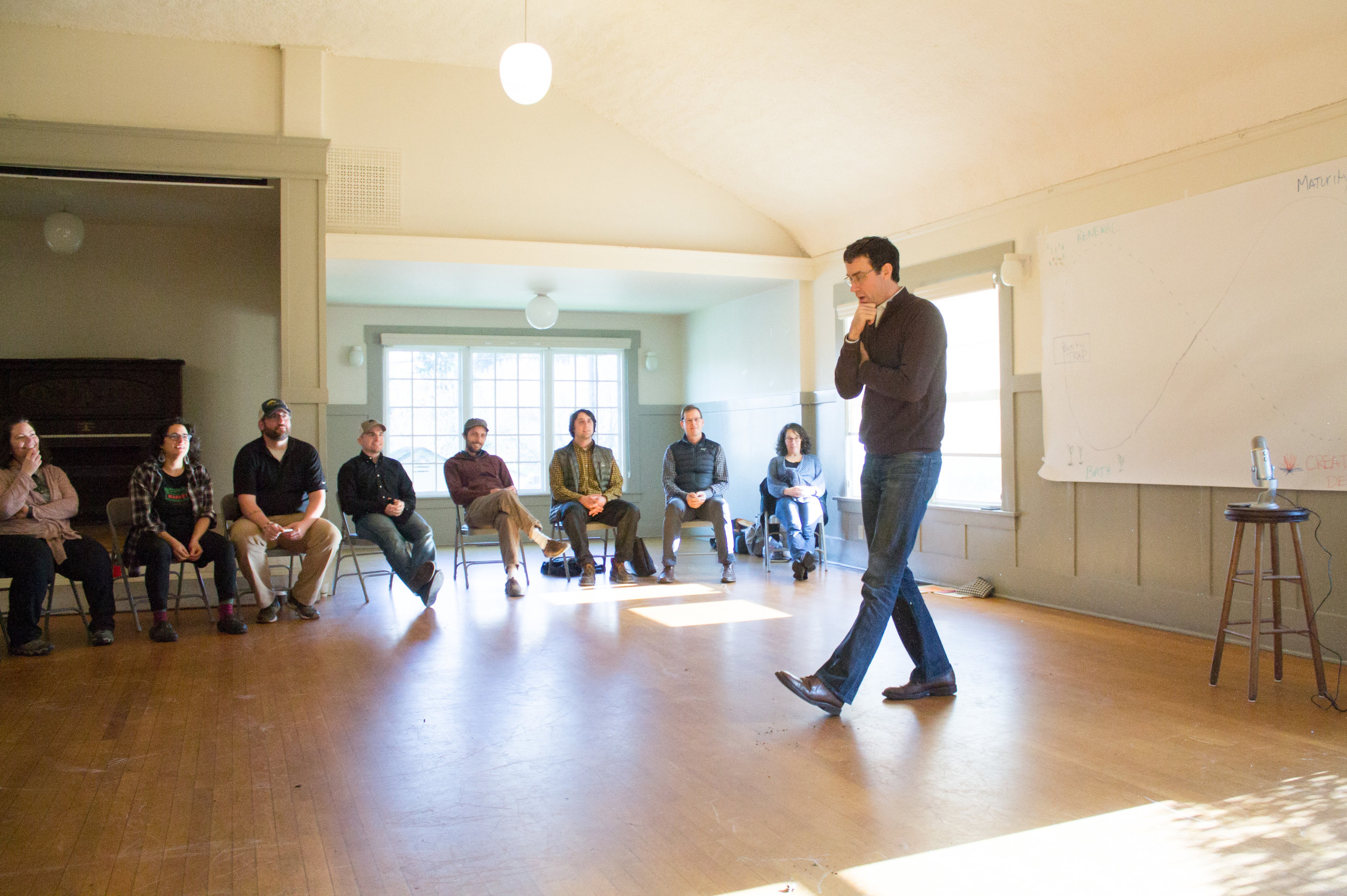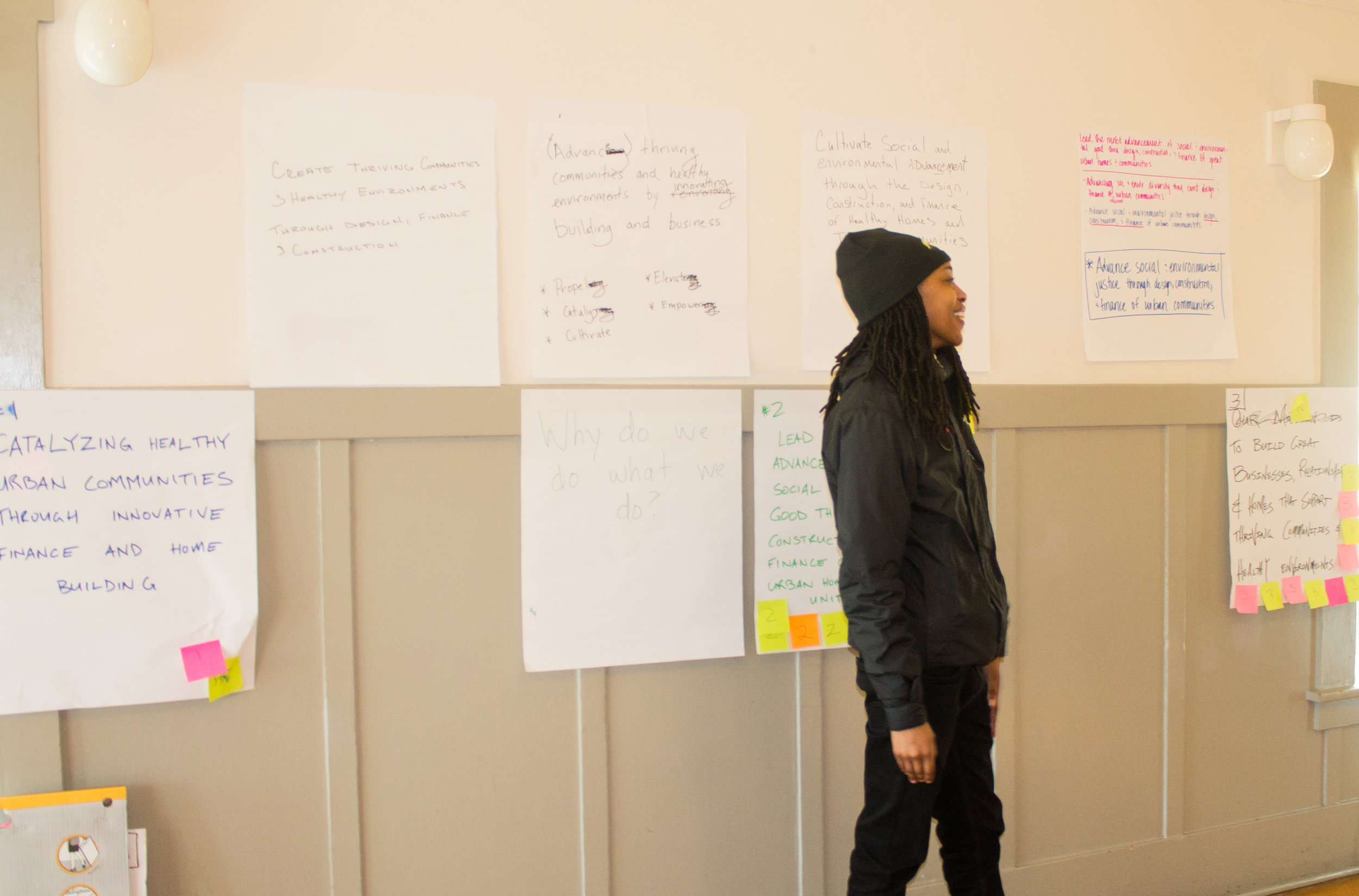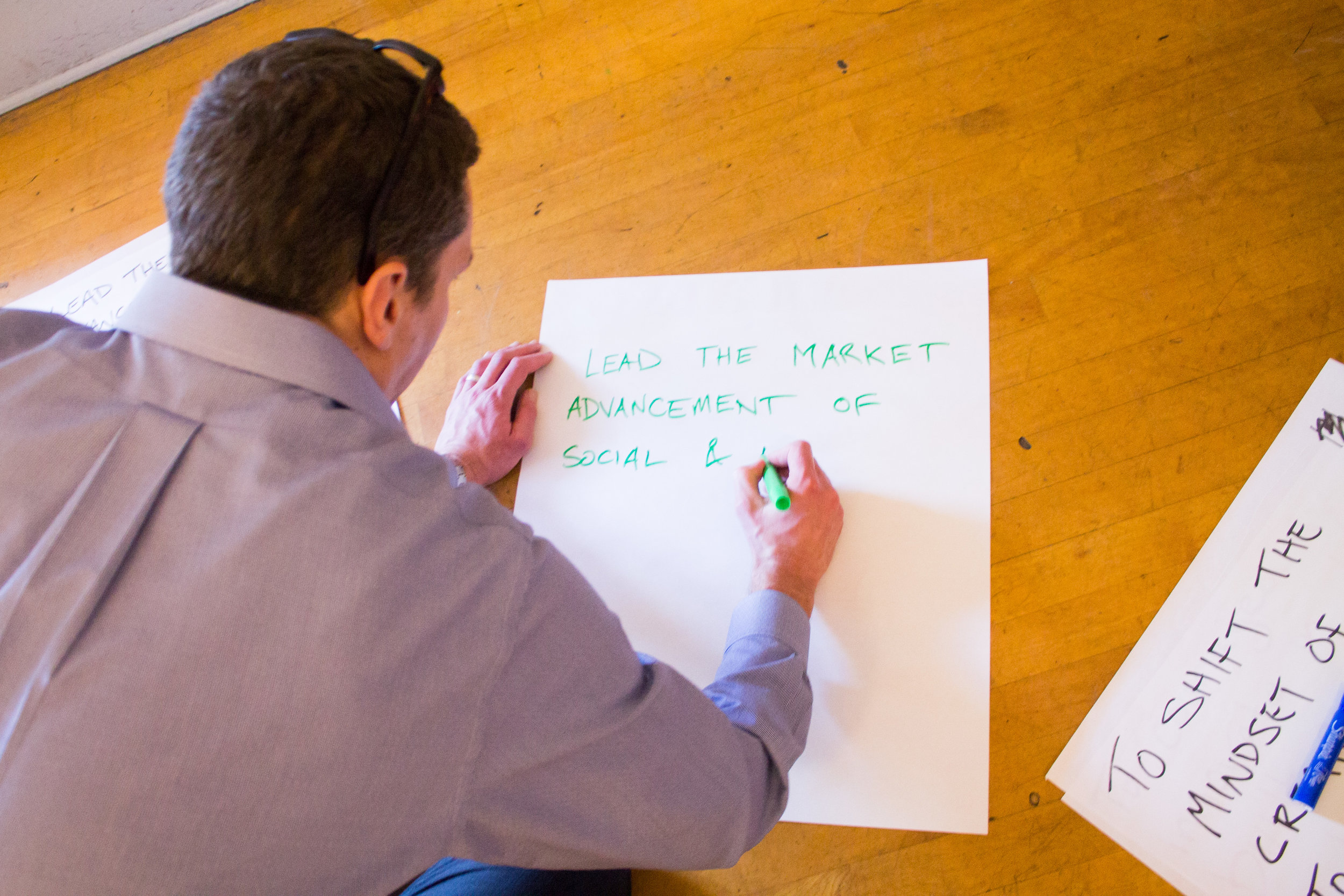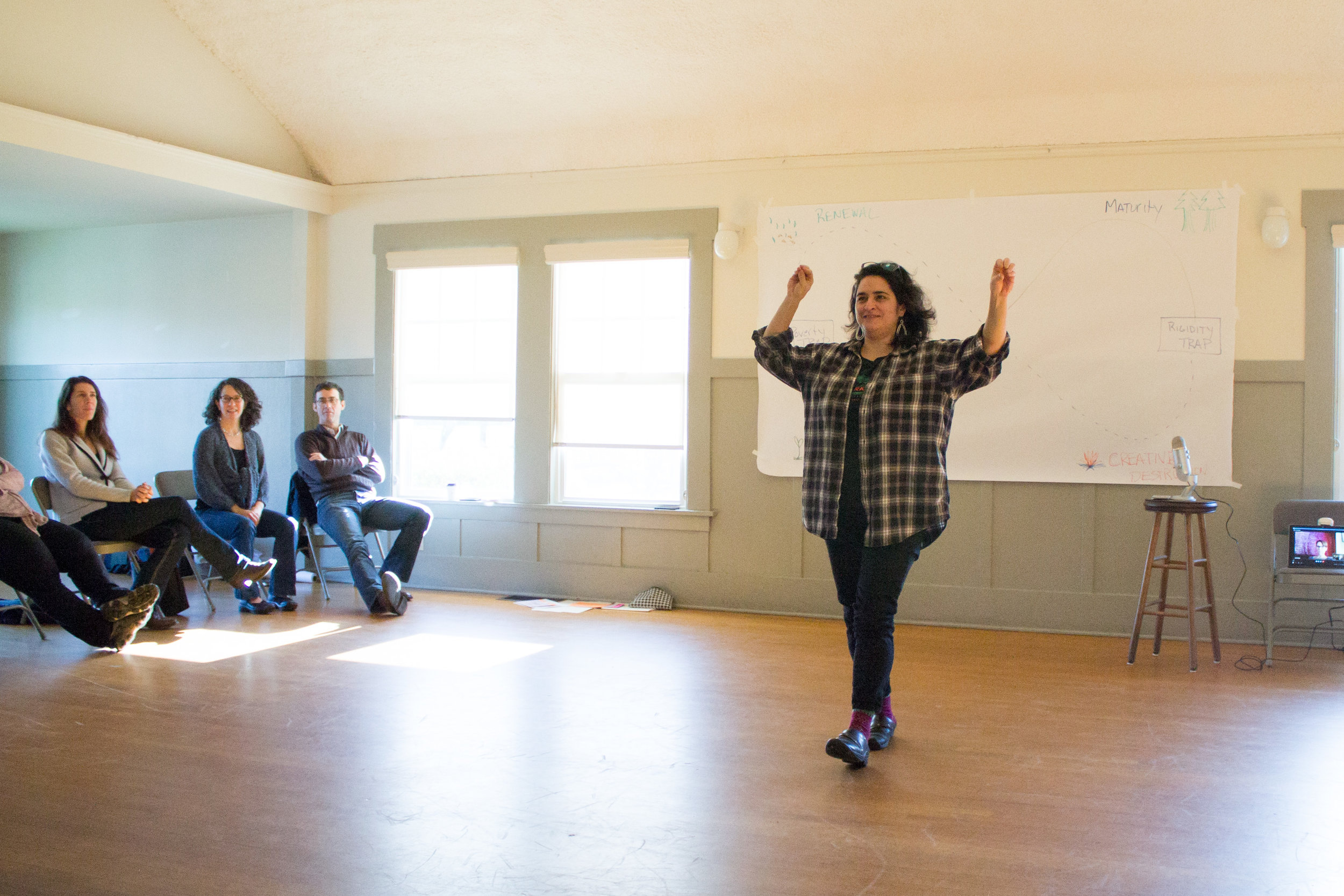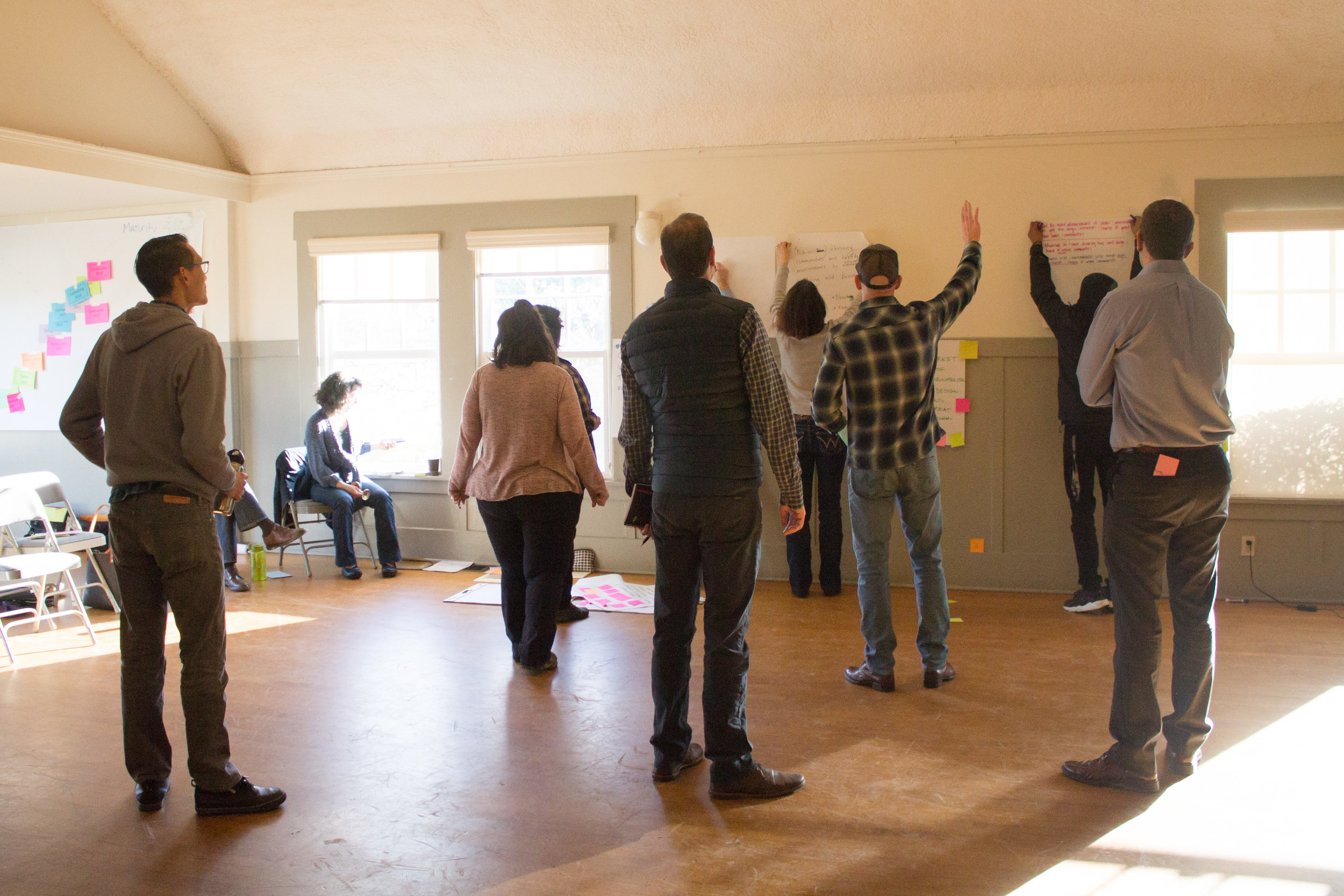"The more alive values are within a group the stronger the bond and the greater the resiliency of that group. It’s about so much more than happy hour beers."
Contributed by Aaron Fairchild, CEO of Green Canopy Inc.
Have you ever heard ANYONE say after coming back from Europe, “I had a great trip, but I just hope those Brits/Germans/French don’t lose their culture?” The very notion of a nation losing its culture seems silly. Sure cultures change, but they change over time. National cultural changes happen slowly and change is usually driven by a shock to the current way of life.
For whatever reason, corporate culture doesn’t seem as “fixed” as national culture. Nations lose their leadership, have lots of turnover and people come and go all the time. And nations are influenced by other nations in ways that it is hard to imagine might happen in companies. So what makes company culture more susceptible to change?
Fast Starts and System Shocks
I recently spoke with David Norris, CEO of MD Insider. We both agreed that companies tend to start-up rather quickly. People come together in the beginning more out of chemistry and shared excitement about the opportunity surrounding the product or idea. More often than not, they share a common national cultural framework so they already have a great basis to begin working together. They also have a shared language, and typically share the same historical perspective, political and economic frameworks (socialist, democratic, capitalist, parliamentarian), etc. Layer chemistry on top of a similar national cultural framework, and that can take the newly formed company down the road a fair bit.
The breakdown typically comes, just like with a nation, with a shock to the system. For a company this could mean jumping from four employees to twenty in less than one year, and then from twenty to forty in another six months. When countries are merged together for one reason or another, we often watch as the individual cultures tear them back apart... Infighting can happen as larger and more powerful countries begin to dictate terms. Just bringing a similar currency to Europe has been challenging since adoption of the Euro. In the same way, with companies experiencing rapid growth, bigger personalities typically dictate cultural norms, and when those personalities move, for good or bad, so goes the cultural dictator.
Core Values As Cultural Seeds
To help ensure your corporate culture isn’t encapsulated and controlled in one or two, or even just a few key personalities, consider what is at its core. Culture can be defined as the shared values, language, beliefs, and customs of a group. At the heart of culture is how we interact and behave together. At the heart of culture is how we interact together and behave together… David referred to our shared set of core values as the seeds of culture. As the seeds of culture take root in your workplace, your teams will thrive and productivity will increase.
If a group of people has a shared set of values, they can be pointed toward any mission or vision, and as long as they buy into the mission and vision, they will excel. Core values incorporate our language, what we celebrate, how we develop, our rights of passage, and how we interact. For a country, these things may seem obvious. For companies, it seems less than obvious for many leaders. In fact, I’ve heard more about the importance of the boss taking people out for beer as a means to “create culture”, than working on our values to create culture. Hmmm.
Whether a company’s values are implicit or explicit, they exist. The more explicit the shared sets of values, the more that group of people “live” their values. The more alive values are within a group the stronger the bond and the greater the resiliency of that group. It’s about so much more than happy hour beers.
Every Day Values
Companies often explicitly state their values on their websites and in promotional material, creating a veneer of credibility and sincerity. One of the most infamous examples of this is Enron’s four capital V Values: Respect, Integrity, Communication and Excellence. Clearly this broke down long before the company failed. So if our values are the seeds of culture then nurturing and cultivating these values throughout every day will help to keep them alive and healthy, rather than stale and static on a corporate website.
For a traveler, there’s a difference between that sense of “Love this place, but wouldn’t want to live here” and “I would love to live here!” It’s the same in companies. Living your corporate values and keeping them alive and healthy within the company means the right people will find they’d “love to work here”, and the “wrong” people will move along. A company whose employees work to keep their shared values alive within the organization will allow the company culture and the team to thrive through down times and times of change and growth.








